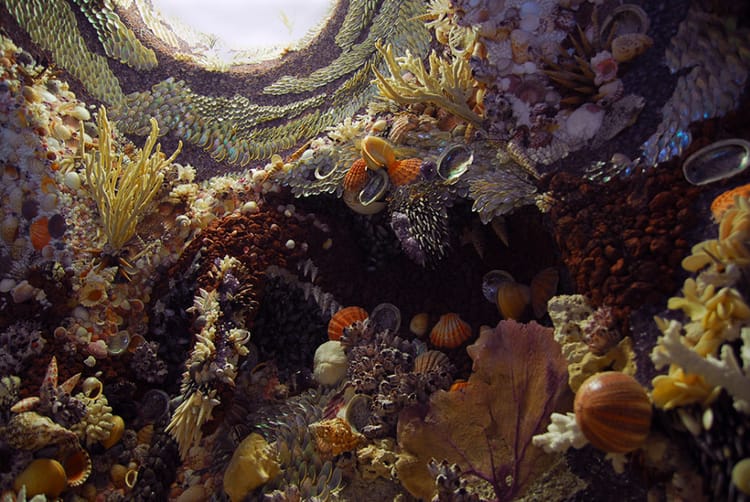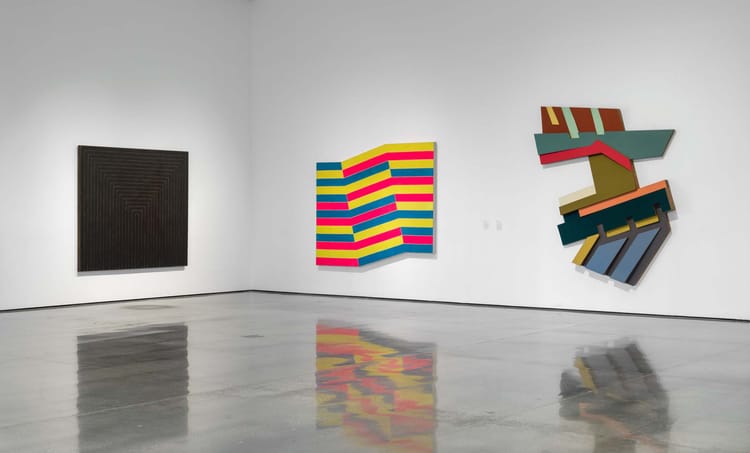internet explorers club | what we leave behind

We’re now in the brave new world of Pokémon Go, and all the think pieces that accompany it. My personal favorite: What Each Pokemon Would Taste Like and How to Eat It.
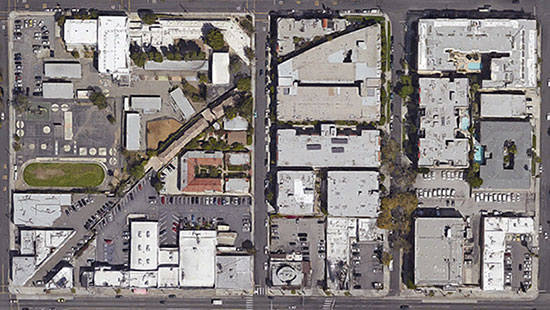
Geoff Manaugh of BLDGBLOG investigates “ghost streets” of Los Angeles—remnants of past street grids that buildings follow but no longer have throughways. Make sure to click through to the piece—the examples are astonishing!
In more urban planning news, researchers tested a recipe for Roman concrete and found that the inclusion of volcanic sand was the key to its longevity, as the sand bonded with limestone to reinforce weaker areas.
As a recently decamped Virginian, I have a hatred of Dulles Airport’s mobile lounges. For those that haven’t had the pleasure, they’re weird bus-like shuttles that take you from the main terminal to Terminal D. Atlas Obscura looked into the actual history of them, though, and it makes me furious because they could be so much cooler!
While the aircraft, some one or two miles off on the tarmac, were prepared, flyers relaxed in these swank waiting areas, enjoying cocktails from nearby stands….Fifteen minutes before departure, the mobile lounge closed its doors, pulled away from the terminal, and rolled off like a very large dune buggy. Once in reach of the plane, its far end mated with the plane door, and passengers processed onto their flight. The empty lounge headed back to the terminal, to become a waiting room again.
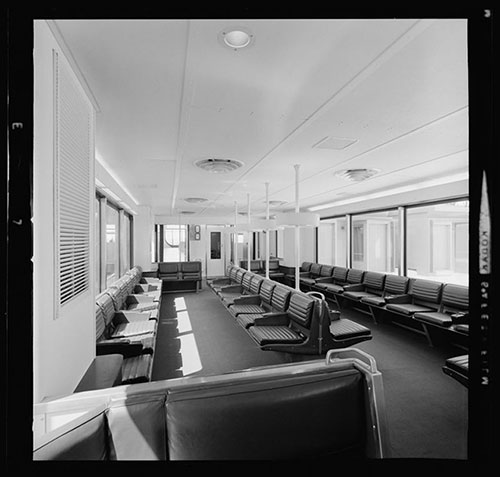
Point / Counterpoint: Racked goes deep into the world of DisBrides, or women who get married at Disney resorts. What blows my mind is that these weddings have to occur before the park opens so oftentimes they’re scheduled for 7:30 AM, but also all the potential upcharges:
Want Cinderella's glass coach drawn by six white ponies to deliver you to the Wedding Pavilion ($2,950) as two trumpeters ($1,200) and a majordomo (about $800) announce your arrival?
Compare this with Carrie Frye’s Miss Havisham: A History (30 minutes) on The Toast (RIP), where she delves into the origins of Miss Havisham within Dickens’s life, and what our view of her says about us.
Here then are the possible first flickerings of Miss Havisham: In the room at the top of the stairs sits a boy reading fairy tales. Outside the house lie the marshes, the churchyard, and the lonely fields he’d return to many years later as the setting for Great Expectations. And onto these familiar scenes, he placed several figures that could have slipped from the pages of these books, including a witch-y type creature, dressed in faded white, who inhabits a dark mansion under a spell of enchantment so powerful it has stopped even its clocks. Because, as Dickens would have learned from these stories, what is a fairy queen without a vast, sunless realm over which to rule?
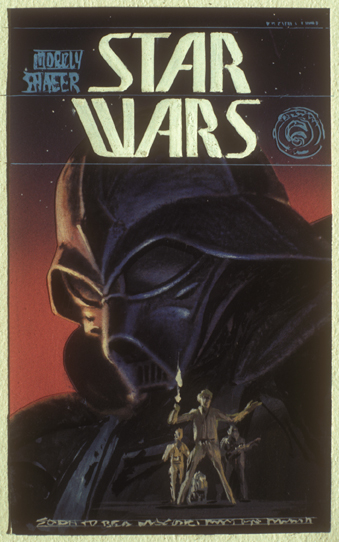
Gorgeous look into the Del Ray Star Wars covers of Ralph McQuarrie
The Atlantic looks into the future of archaeology in space and it’s delightful: “tomorrow’s grand tourists will come face-to-hull with ancient spacecraft, the way economically privileged Europeans once visited Notre Dame or the Colosseum.” I’m fascinated as well by the idea of what constitutes an archaeological “site” in space, and the difficulty in orbits shifting over time.
Two great infographics: 67 Years of Lego Sets, which tracks colors and complexity of Lego sets over time, and the Purple Rain Report, which tracks how many times Prince performed Purple Rain and caused it to actually rain.
In closing:
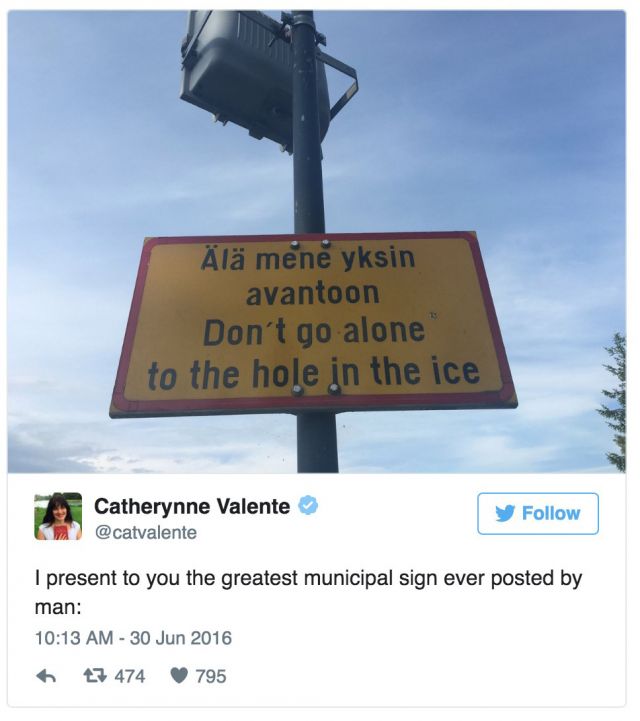
did someone forward you this newsletter? subscribe!
would you like to hire me? drop me a line!
emilyhummel.com | @hummeline

